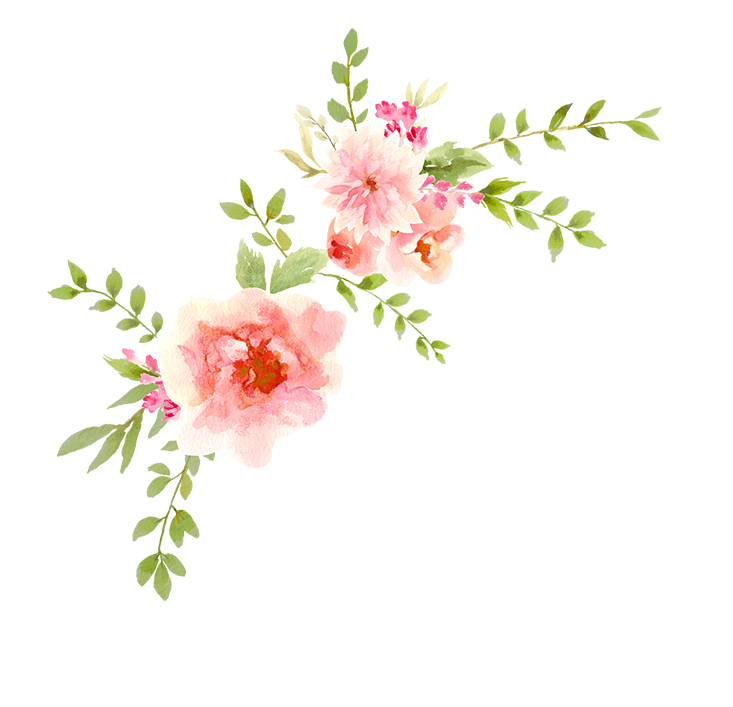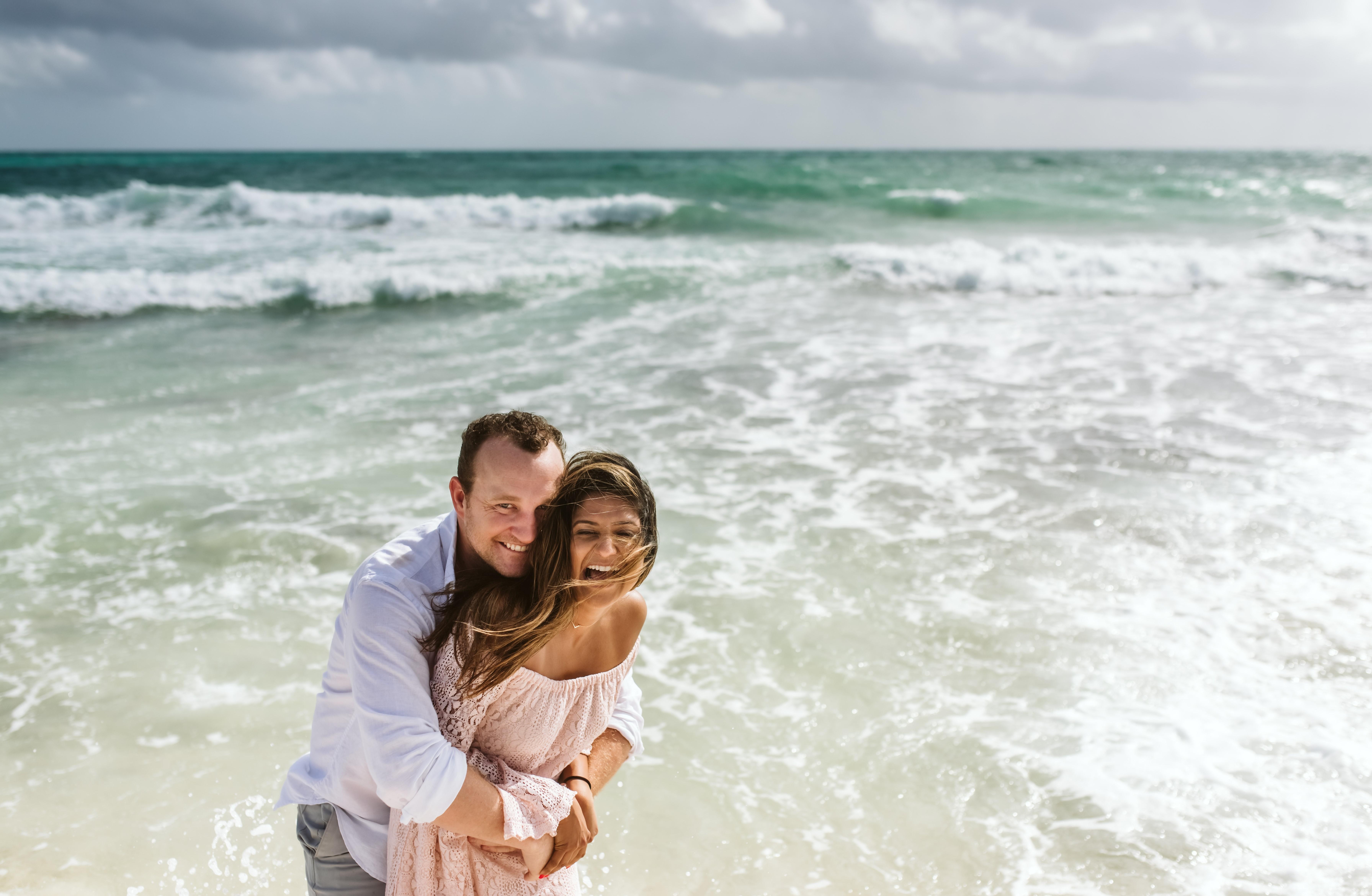

FAQs

Question
What is Mehndi?
Answer
Mehndi, otherwise known as henna, is a paste associated with positive spirits and good luck. Indian Wedding tradition calls for a Mehndi ceremony to be held the night before the wedding as a way of wishing the bride good health and prosperity as she makes her journey on to marriage. While Mehndi is mainly for females, male relatives are invited to join in on the party! The core significance of applying Mehndi is to utilize its natural medicinal herbal remedies, cooling the body and relieving the Bride of any stress before her big day.
Question
What is the Sangeet?
Answer
Translating to “sung together” in Sanskrit, the Sangeet is a colorful night of music, dinner, and dancing to celebrate the happiness and joy surrounding the union of the bride and groom. Traditionally, the celebration includes choreographed dances and songs performed by friends and family, speeches, and an open dance floor. Buffet-style Indian food will be served. The night can be summed up as a big dance party that serves to introduce and connect friends and family of Aneri and Michael. We are excited to see your Bollywood and Bhangra moves!
Question
What is a Baraat?
Answer
The baraat is the groom’s procession as he arrives to the scene of the wedding. Traditionally, weddings would take place at the bride's home and the groom would arrive on horse or elephant with his entourage, complete with loud drums, trumpets, and all his family members dancing down the street to make their arrival known to the bride's family. Our version won’t involve an elephant, and we won’t be walking all the way to Aneri’s home… but we hope it will be just as epic! Michael will arrive on a horse covered in finery surrounded by YOU, the “baraatis,” forming a large dance party leading him to Aneri’s family. Traditionally only the groom’s side dances during the Baraat, but we encourage guests from both sides to join Michael.
Question
What are the customs during the Indian wedding ceremony?
Answer
After the groom’s procession reaches the entrance to the venue, the families greet each other. Then, the groom is escorted to the altar (mandap) to await his bride. The ceremony starts with the kanya daan, where the bride’s parents offer their daughter in marriage. The bride and groom place flower garlands around each others' neck to symbolize their acceptance of the union. The priest then lights the sacred fire, or agni, symbolizing the witness of the divine. They join hands and circle around the agni four times, keeping in mind the four pillars to a happy life. These pillars represent (1) duty to each other, family and God, (2) prosperity, (3) energy and passion, and (4) salvation. After they circle the fire, the couple races to be the first back to their seat. It's said that the fastest to sit will rule the household! Finally, the groom will apply a red powder to the center of the bride’s forehead and tie a necklace around her neck. Following the ceremony, lunch will be served.
Question
Is there more?
Answer
Yes! Things to know: The ceremony involves many participants so you will see people moving around. The bridesmaids and her family will secretly try to steal Michael's shoes and hold them for ransom. He must pay to get them back. Watch out for espionage as the grooms side try to steal his shoes back for him. Refreshments are available during the ceremony. Lunch to follow.
Question
What are the customs during an American ceremony?
Answer
Most weddings begin with prelude music to welcome guests and follow with the processional of the wedding party, beginning with the couple's families, groom, best man, groomsmen, bridesmaids, flower girl, and ring bearer. The bride is then escorted down the aisle by her father. When the bride arrives at the end of the aisle, the officiant welcomes guests and and often provides some thoughts on marriage, the couple's love story, and the significance of their vows. The bride and groom offer their personal promises of love and devotion by exchange vows, and then recite additional vows as they exchange rings. Once the rings are exchanged, they are pronounced husband and wife and share their first kiss as a married couple. A final reading or prayer may be offered and music is cued to begin the recessional of the wedding party in reverse order from which they arrived.
Question
What will the cuisine be at the wedding?
Answer
Friday dinner: Indian Fusion (buffet) Saturday lunch: Indian & select non-Indian options (buffet) Saturday dinner: Italian
Question
Where can I get Indian Clothes?
Answer
If you don’t own or haven’t worn Indian attire before but are excited to wear Indian clothing and are looking for some advice, we recommend saris, lehengas, or anarkalis for women and kurta pajamas for men. If you choose to wear Indian attire at the Sangeet, sarees are not the best option for ladies as there will be a lot of dancing and moving around. If you choose to wear Indian attire at the wedding, any option will work. However, Indian attire is of course not required! To obtain Indian attire, you can either (1) buy from a local store, (2) buy online (we recommend Utsav Fashion, Indian Wedding Saree, Aishwarya Design Studio, and cbazaar), or (3) rent (we recommend Saris and Things). Buying online may be the easiest option, as you can usually enter in your measurements at purchase to custom tailor your outfit. Of course, borrowing from friends is another great option. Let us know if you need any assistance!